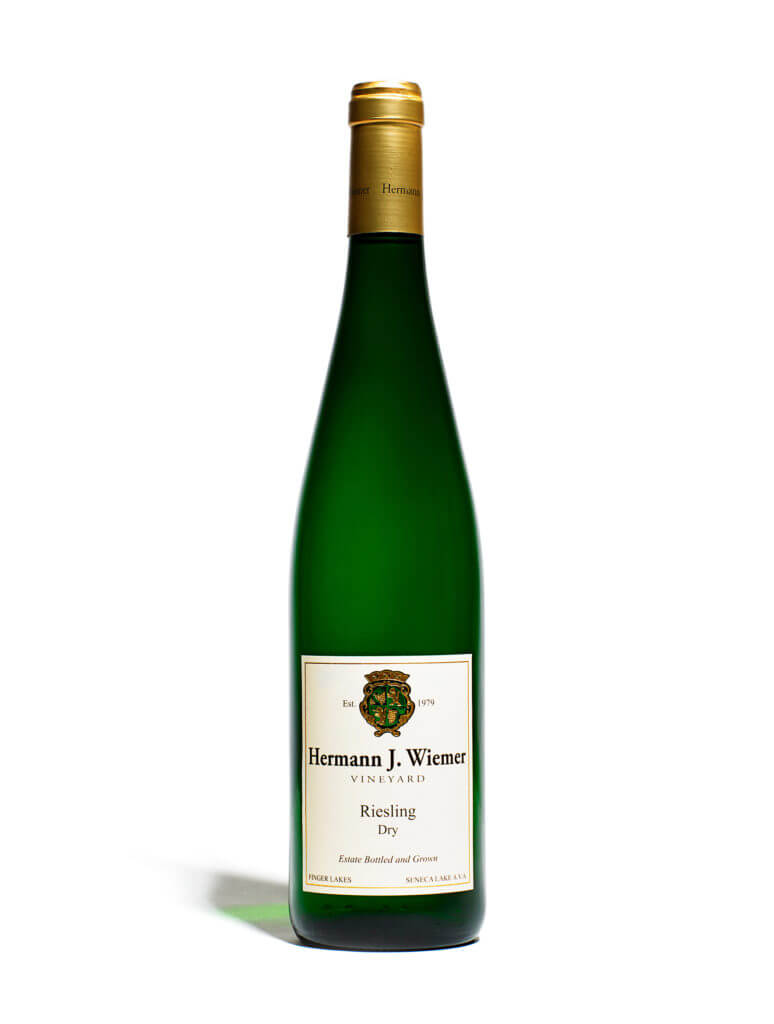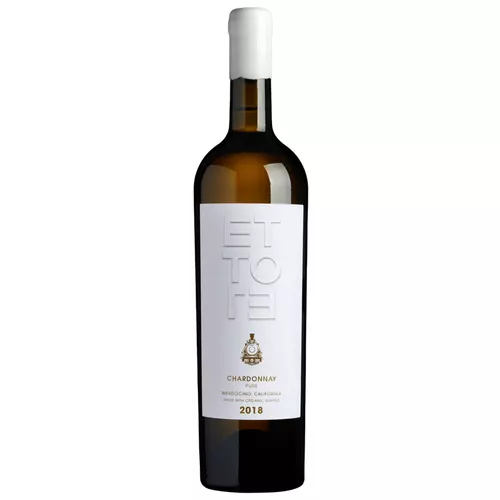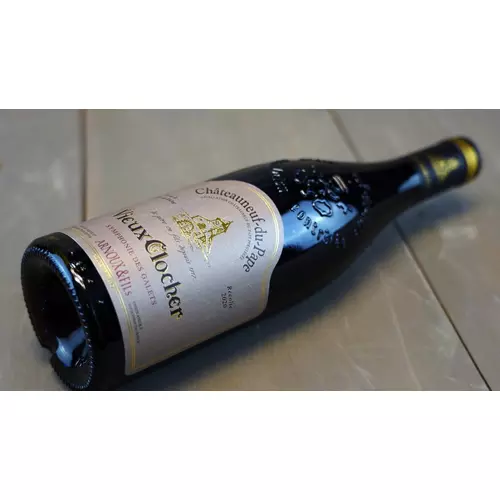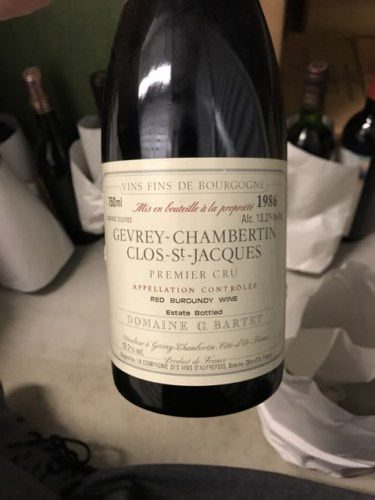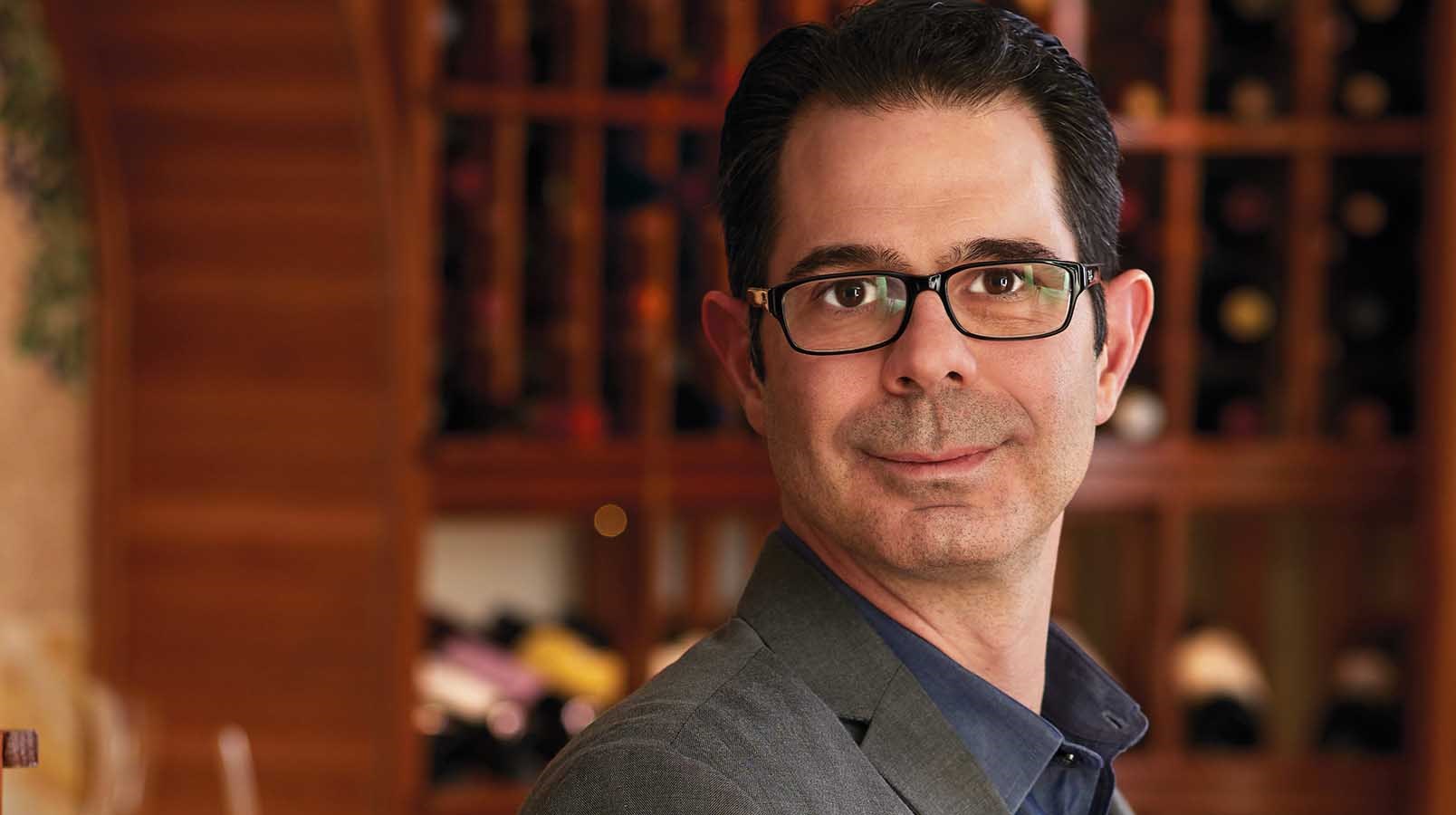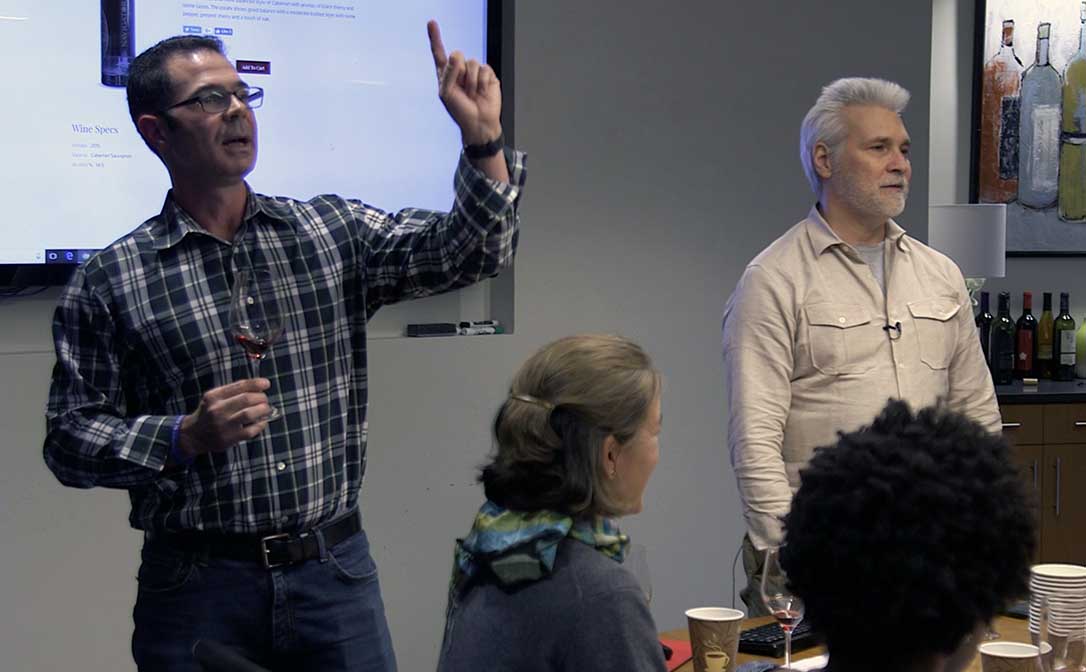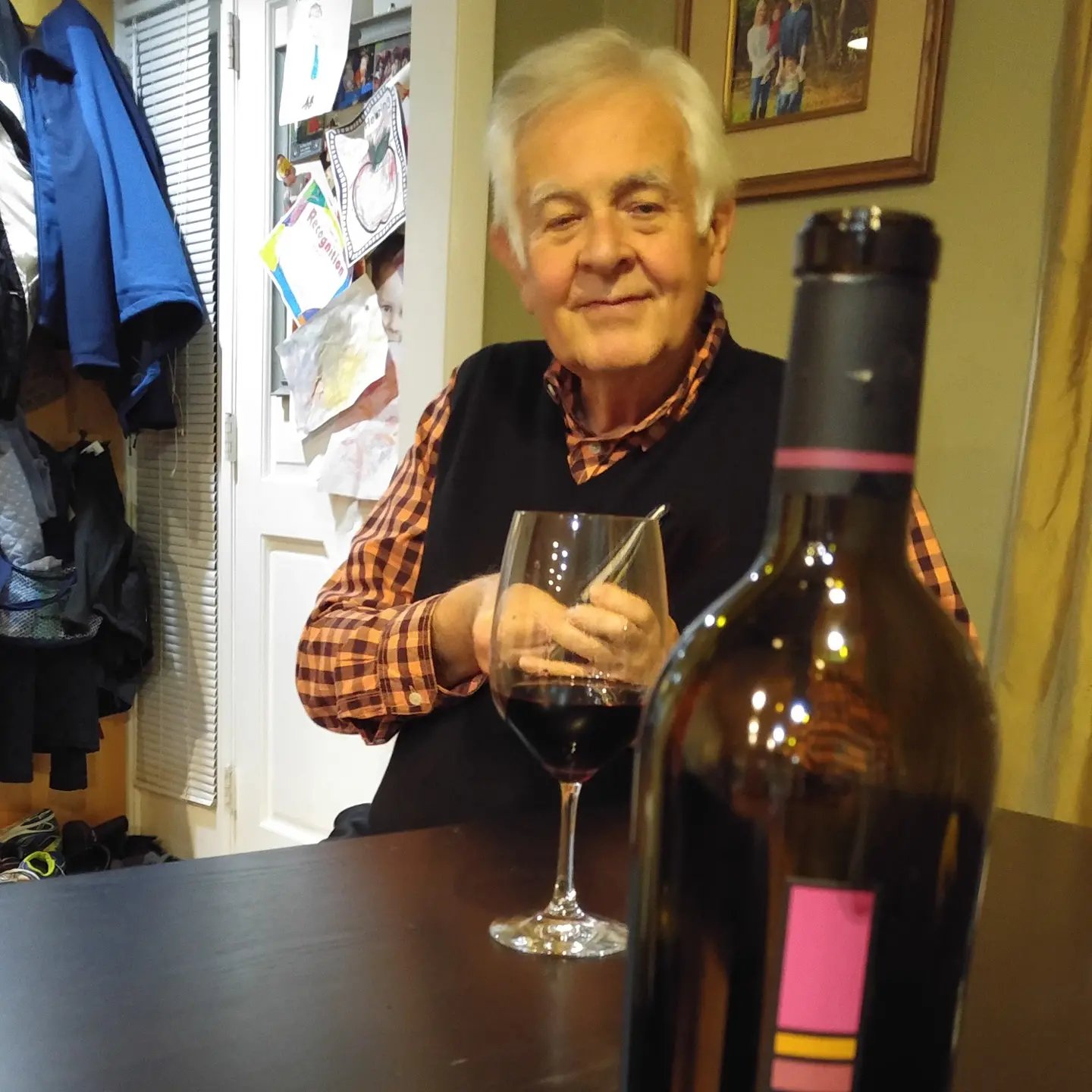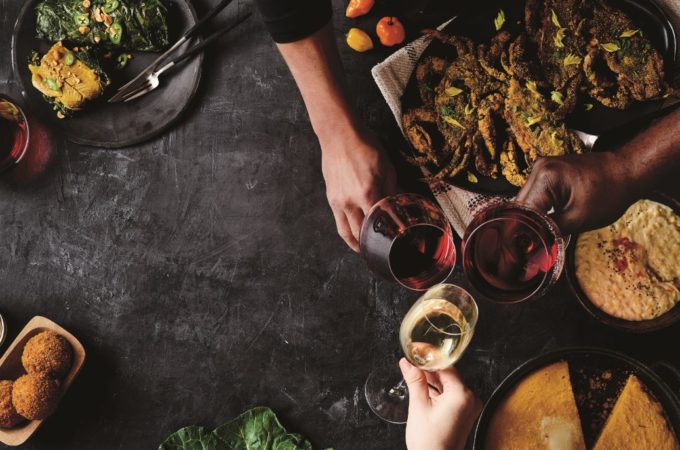Just Like Wine, We All Need to Breathe
* As featured in Wine Enthusiast Best of Year Issue 2023

Stocksy
Is it just me or does life these days feel faster paced and more stressful than ever? The cadence in general seems to be accelerating and multitasking is the new norm. I suppose we can blame some of that on the pandemic lockdown, doom-scrolling and 7-second viral videos (thanks, TikTok). All of a sudden, AI instantly creates content that used to take us humans hours or days. Pile on the daily grind and normal life events that we all endure, and that additional tension in your neck and shoulders is easily explained.
Whatever it is that makes you feel as wound up as a yo-yo ready to be unleashed, there is always one activity that can help reduce those stress levels and bring you back to neutral: breathing. Sometimes we forget that just a few simple long, deep and drawn-out breaths can help us relax and get centered. Just as we all can benefit from a few minutes of box breathing or the deep 4-7-8 breathing technique (which refers to the seconds you take to inhale, hold and exhale—an exercise I highly recommend), our most treasured bottles of wine can benefit from that same deep breathing to unwind and unravel themselves into a more relaxed state.
You may have just read that last sentence and asked, “How can wine relax?” Think about this for a moment: Have you ever opened a really young, big and brash red wine? Say a Napa Cab, a Priorat, an Australian Shiraz or even a Côte Rôtie, for example? If you just pop the cork on these wines and pour yourself a sip, there’s a high likelihood of it being extremely overpowering with super concentrated fruit, high alcohol levels and maybe massive tannins that will have you sucking in your cheeks. These wines can come across as wound-up, or tight, and even one-dimensional in their first showing straight out of the bottle.
But allow these same wines to interact with oxygen, and you might imagine they breathe their own sigh of relief while swirling around in the decanter or glass. The densely concentrated fruit stretches its legs and exudes a variety of primary aromas and flavors hidden upon first sip. And those gripping, gritty tannins will simmer down and soften, just enough to let you know they are there without overpowering the palate. That alcohol level will still be elevated, but with the fruit and tannins now released and relaxed, the perceived balance of these structural components begins to find harmony on the palate, gaining complexity as the wine continues to unfurl. It’s almost like the wine went from being crunched in the fetal position in the bottle to fully sprawled on a velvet couch, exposing its inner beauty layer by layer. If you are not sold on how important breathing is for yourself, just try and go for a minute without it. This is why these deep, calming and focused breathing techniques help our bodies take in as much clean and healthy oxygen as possible while releasing all of that carbon dioxide, and negativity, on the out-breath.
This article originally appeared in the 2023 Best of Year issue of Wine Enthusiast magazine. Click here to subscribe today!
